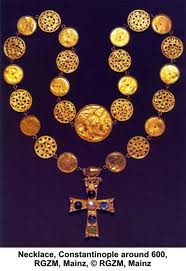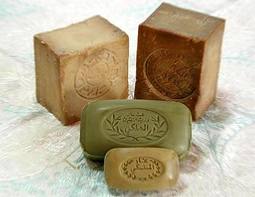|
|
 |
|
Byzantine Contributions & Achievements |
| The most famous Byzantine building is the "Hagia Sophia"-a domed church built during the reign of Justinan in Constantinople. Byzantine Architecture is one of three major forces in the architectural world during the Middle Ages of Europe. Unable to hold Rome against the Germans, Justinian's forces made their temporary capital, Ravenna, a key artistic center, embellished by some of the most beautiful Christian mosaics known anywhere in the world.
The Byzantine Empire made great contributions to civilization: Greek language and learning were preserved for posterity; the Roman imperial system was continued and Roman law codified; the Greek Orthodox church converted some Slavic peoples and fostered the development of a splendid new art dedicated to the glorification of the Christian religion.
|
![]()
This
site gives you complete information on the Byzantine Empire.
| Ottoman & Byzantine Compare | Byzantine Vs Roman Catholics | Empire Rule |
| Ancient Byzantine Saints | Arab Wars | Architecture |
| Bureaucracy | Empire Art | Churches |
| Painters | Empire Walls | Vestments |
| Seminary | Diplomacy | Decoration |
| Crosses | Basilica and Cathedrals | Government |
| Necklace Jewelry | Notation | Swords |
| Emperor Leo iii | Emperor Heraclius Rule | Constantinople History |


